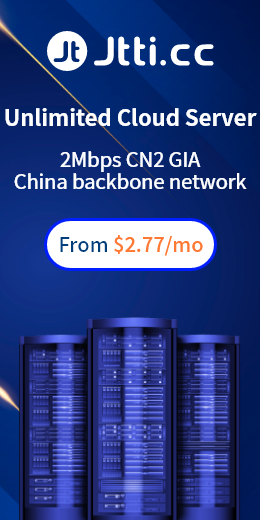In modern data centers and cloud computing environments, choosing the right storage solution is critical to managing big data, optimizing performance, and controlling costs. File storage and object storage are the mainstream storage methods at present, and there are significant differences in data model, scalability, access mode and application scenarios. This article shares the characteristics and advantages of the two storage methods and the applicable scenarios.
File storage belongs to the traditional data storage method of data by everyone, is a file system-based storage, tree directory structure to organize data, each file is in a specific directory path. File storage uses NTFS, FAT, EXT4 and other formats to provide information such as file permissions, ownership and metadata. The advantage is that it is easy to understand and use, simulates the way files are managed in daily life and work, and is very suitable for desktop operating systems, small websites, individual or team collaboration environments, and does not involve cross-regional high-availability scenarios. The disadvantages are scalability limitations, the inability to support multiple servers to share files, especially in distributed environments, and high maintenance and expansion costs as data grows.

Object storage is the cornerstone of cloud storage today. Object storage is a highly scalable storage architecture that does not rely on the traditional file system directory structure. In object storage, data exists in the form of "objects". Each object has a unique identifier (usually UUID), and contains the data itself and a set of metadata. Object storage is generally provided by cloud service providers. It is highly scalable, cost-effective, highly available and disaster tolerant. The disadvantage is that there is a certain delay in accessing and local storage, and data migration costs.
File storage and object storage From the data model, file storage is a tree structure, object storage is flat; From the perspective of metadata, file storage metadata is limited by file system attributes, while object storage metadata is more flexible and rich. In terms of scalability, horizontal expansion of object storage is better than file storage. In the cost model, object storage is generally based on usage billing, and the file system is pre-purchased storage devices. Here's how to interact with file storage and object storage using Python built-in functions:
# Write to file
with open('example.txt', 'w') as file:
file.write('Hello, World! ')
# Read file
with open('example.txt', 'r') as file:
content = file.read()
print(content)
Object storage example: Using the AWS S3 Python SDK
python
import boto3
# Initialize the S3 client
s3 = boto3.client('s3')
# Upload object
s3.upload_file('local_file.txt', 'my-bucket', 'remote_file.txt')
# Download object
s3.download_file('my-bucket', 'remote_file.txt', 'downloaded_file.txt')
# Lists the objects in the bucket
response = s3.list_objects_v2(Bucket='my-bucket')
for obj in response['Contents']:
print(obj['Key'])
File storage and object storage each have their own advantages so you can get what you need. File storage is suitable for small, localized users, while object storage is suitable for large, distributed and cloud user groups. With the continuous update and development of cloud computing, object storage has slowly become the mainstream, showing its skills in the field of big data and AI.

 EN
EN
 CN
CN









